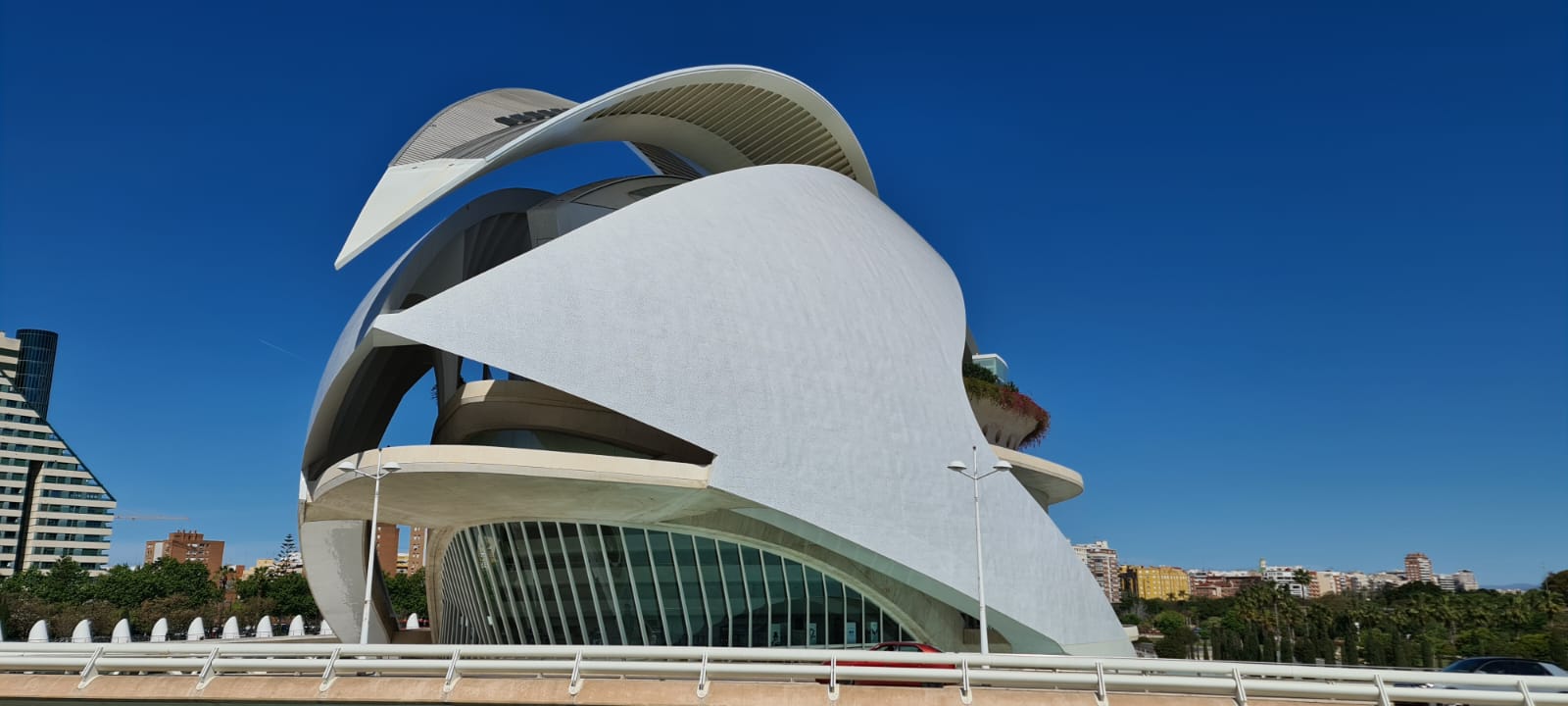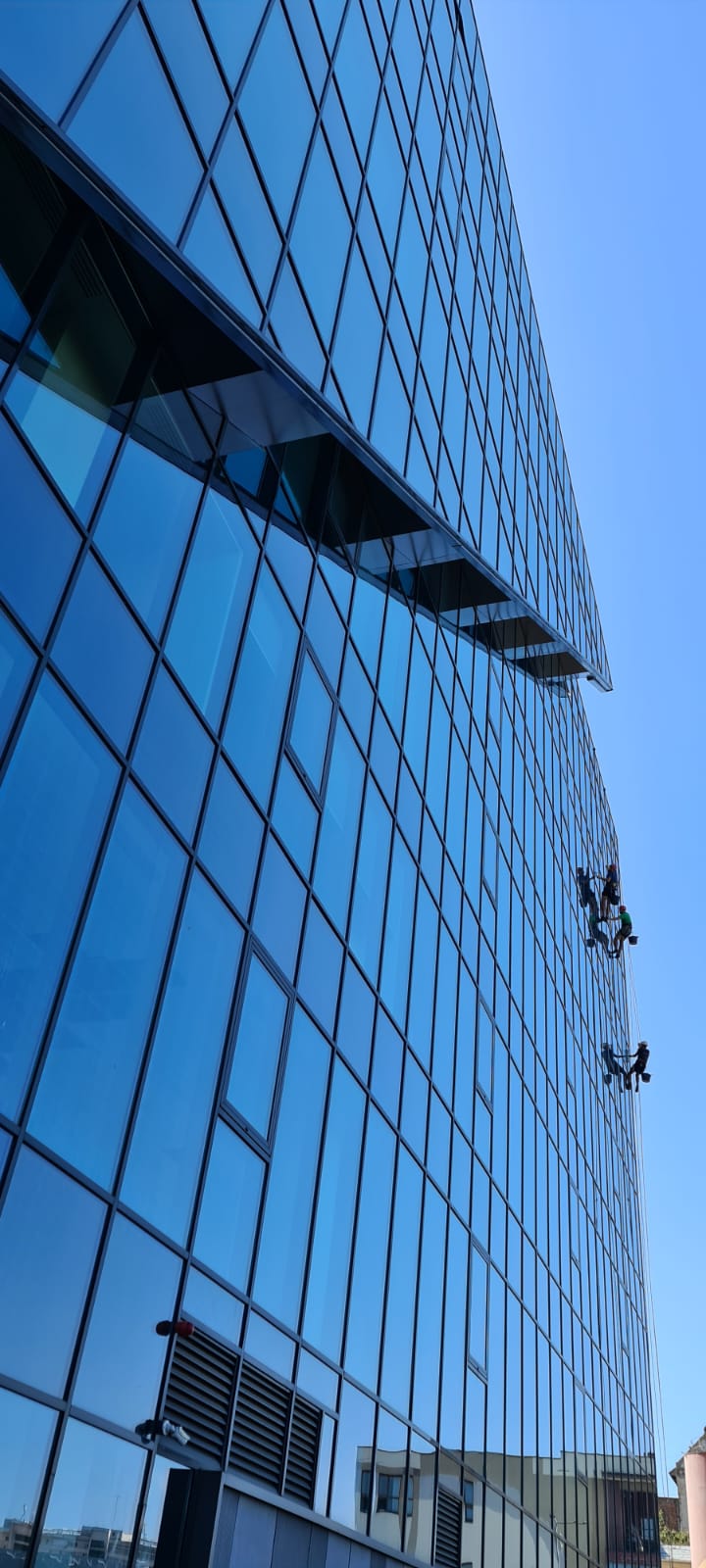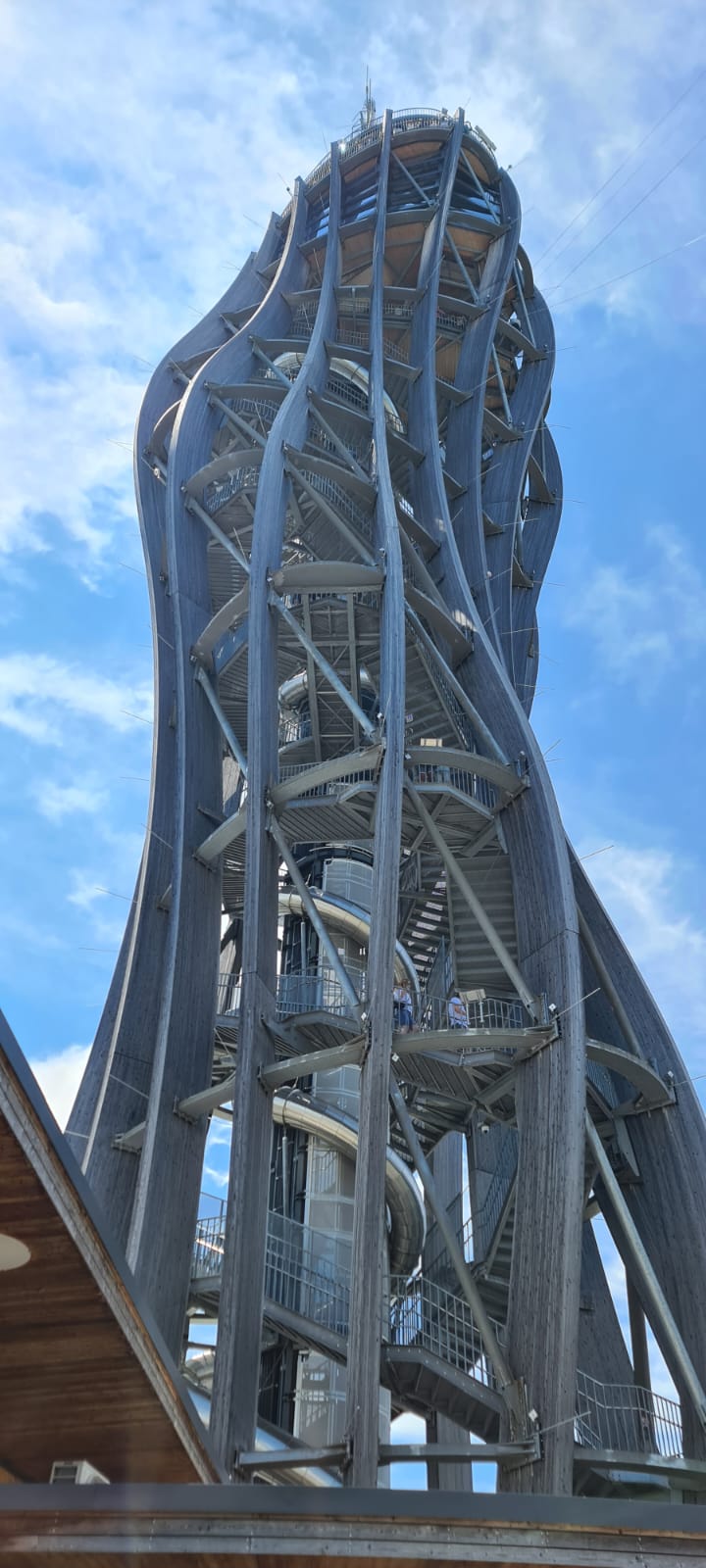Purpose and sustainability with Industry 5.0 – a new paradigm of the 21st century
Technological innovation drove the digitalization movement and had an actual and far more significant social impact on people. Considering sustainability aspects and future development paths, we need to be responsible and keep a healthy balance between the social and environmental effects of technology and innovation, in the sense that both need to be positive. Could Industry 5.0 be a movement in a company’s strategic development? Could it be a purpose-driven over profitability? Well, let’s see and later decide. It would probably be a perfect room for most thoughts; for others, it would be just a pleasant reading without meaningful and straightforward reflection.
Why Industry 5.0 is the New Revolution of the XXI Century?
While Industry 4.0 emphasized automation, smart factories, and data-driven manufacturing, Industry 5.0 represents a new industrial revolution phase integrating human creativity and craftsmanship with advanced technologies such as artificial intelligence (AI), robotics, and the Internet of Things (IoT). The term gained prominence in the 2020s, especially within the European Union, which officially adopted Industry 5.0 as a framework to make industry more productive, sustainable, resilient, and human-centric.
Industry 5.0 is not a rejection of the Fourth Industrial Revolution, but a necessary response to its limitations—particularly the growing concern over social displacement, environmental degradation, and the need for purposeful innovation. It is called a “revolution” because it redefines the purpose of industry: instead of focusing solely on efficiency and productivity, it promotes value-driven industrial progress.

What are the Key Characteristics of Industry 5.0
Industry 5.0 is built on three foundational pillars:
Pillar 1 – Human-Centricity
Unlike Industry 4.0, which focused on automation and machine-to-machine communication, Industry 5.0 places humans back at the center of production processes. This means using technology to augment—not replace—human skills, creativity, and decision-making capacity.Pillar 2 – Sustainability
The transition aligns deeply with the Green Deal, circular economy, and ESG (Environmental, Social, and Governance) goals. Industry 5.0 promotes climate-neutral and resource-efficient production systems, leveraging AI and digital twins for better energy use and waste reduction.
Pillar 3 – Resilience
Industry 5.0 systems are designed to be adaptive and robust, capable of handling disruptions such as pandemics, geopolitical crises, or climate shocks. It encourages decentralized systems, flexible supply chains, and more local value creation.
What are the Benefits for People, Business, and Technological Development?
- For People: Industry 5.0 improves the quality of work by reducing monotonous or dangerous tasks through human-machine collaboration. It fosters a more meaningful relationship between workers and their tasks, emphasizing mental health, safety, and empowerment.
- For Business: Companies can unlock new business models through personalization, mass customization, and service-based platforms (e.g., product-as-a-service). There’s also potential for cost savings through predictive maintenance, leaner logistics, and circularity.
- For Technology Development: Technological innovation is redirected toward societal value. For instance, AI is used for optimization, ethical decision-making, transparency, and inclusion. Robotics has become more collaborative (cobots), and digital twins have evolved to simulate machinery and entire ecosystems.
Now, the more straightforward question is whether Industry 5.0 is Real and Can It Be Implemented? Industry 5.0 is real—not as a theoretical concept but as a policy-backed and technologically feasible paradigm. The European Commission has already integrated Industry 5.0 into its Horizon Europe research funding priorities. Globally, sectors like automotive, healthcare, and advanced manufacturing are already experimenting with Industry 5.0 elements, such as collaborative robotics (cobots), ethical AI, and bio-circular manufacturing.
Implementation, however, varies by region, sector, and maturity level. It is not a one-size-fits-all transformation but a strategic evolution requiring alignment across stakeholders, infrastructure investment, and cultural change.
Does Industry 5.0 come with Risks and Opportunities?
Considering a critical thinking approach, we must experience some risks and opportunities when relying on Industry 5.0 and its common future.
“The future will be won by those who can harness technology not just for efficiency, but for human creativity, resilience, and shared prosperity.”
— Satya Nadella, CEO of Microsoft
Some Opportunities:
- Competitive advantage through ethical innovation and customer-centered design
- Resilience against supply chain disruptions
- Access to sustainable finance by aligning with ESG and EU taxonomy
- Stronger employee retention through better working conditions
Some Risks:
- Technological inequality: not all regions or SMEs can afford cutting-edge technologies
- Cybersecurity and data privacy: more integration means more vulnerabilities
- Resistance to change: cultural inertia within traditional industrial environments
- Regulatory uncertainty: balancing innovation with regulation is still evolving
How Can Businesses Rely on Industry 5.0?
To rely on Industry 5.0, businesses need to view it as a strategic shift rather than a short-term trend. This means we should continue investing in human capital, retraining employees for digital collaboration, not just automation or embedding sustainability in operations and supply chains using digital tools to monitor and optimize impact, collaborating with technology providers to integrate AI, robotics, and big data in a way that supports, not displaces, workers.
Overall, Industry 5.0 can help rethink business models, shifting from linear to circular systems and from products to services. It can also strengthen digital infrastructure, including cybersecurity and ethical data governance frameworks.
If we ask whether Industry 5.0 is a Realistic Future Mechanism, the answer is yes. It is realistic, but only if supported by visionary leadership, inclusive innovation ecosystems, and public-private partnerships. It requires a redefinition of KPIs—profit alone is no longer enough; impact, resilience, and inclusivity matter. Moreover, Industry 5.0 aligns with global megatrends such as AI democratization, green transition, and digital humanism. It also resonates with generational shifts, particularly among younger workers prioritizing purpose over profit.


How Can Industry 5.0 Survive the Rapid Growth of AI?
Industry 5.0 does not oppose AI—it thrives because of AI, as long as AI is designed responsibly. The goal is symbiosis, not supremacy. For example, AI handles data analysis and humans make ethical decisions, or Robots execute precision tasks and humans add creativity and adaptability, or Digital systems model sustainability scenarios and humans evaluate societal trade-offs.
In essence, AI enables Industry 5.0, but human values define it. This makes it uniquely resilient in a world of increasing automation.
Industry 5.0 is not a distant utopia but an emerging, actionable framework that redefines the role of industry in society. Placing humans, sustainability, and resilience at its core opens new pathways for inclusive and purpose-driven innovation. While challenges remain in implementation and scale, the combination of advanced technology with ethical governance makes Industry 5.0 a compelling vision for the 21st century—a revolution not of machines, but of values.






